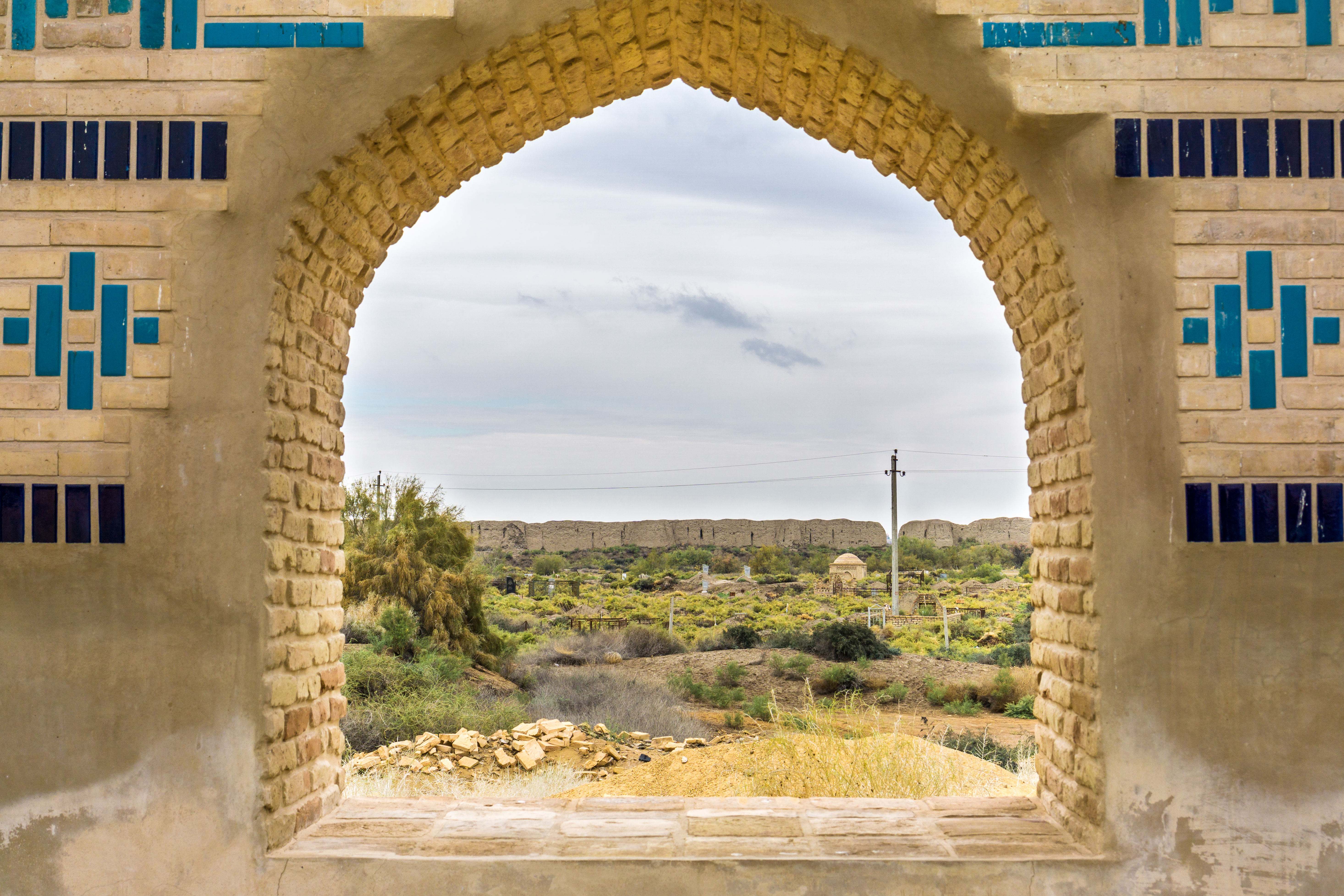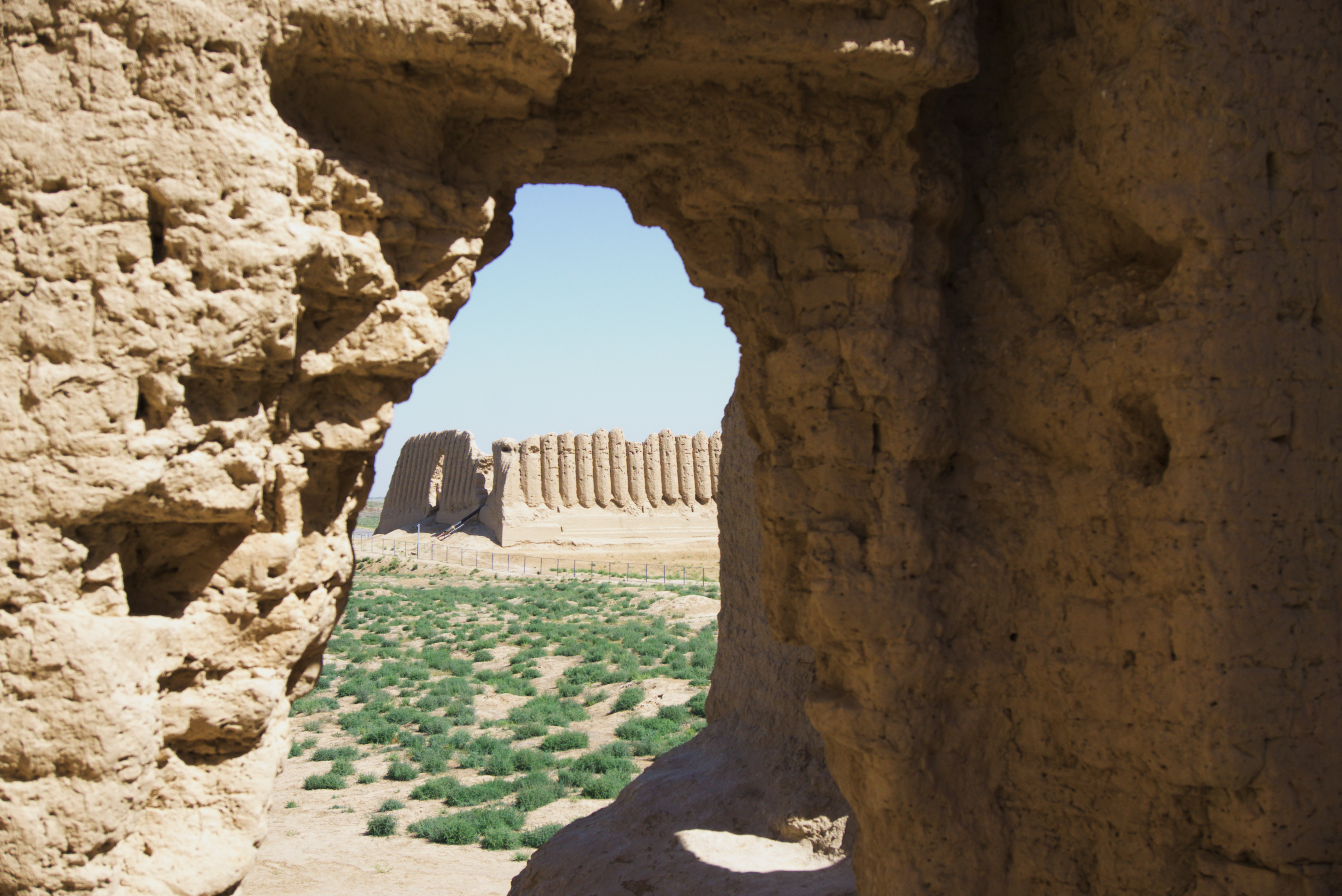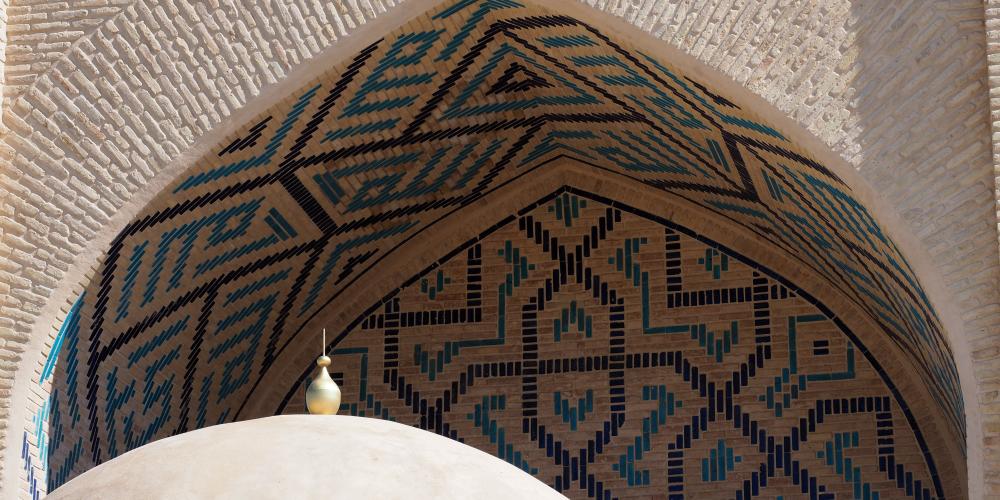Ancient Merv State Historical and Cultural Park

Ancient Merv, a State Historical and Cultural Park has left an important footprint on the region’s history. Its medieval cities greatly influenced the cultures of Central Asia and Iran for at least four millennia.
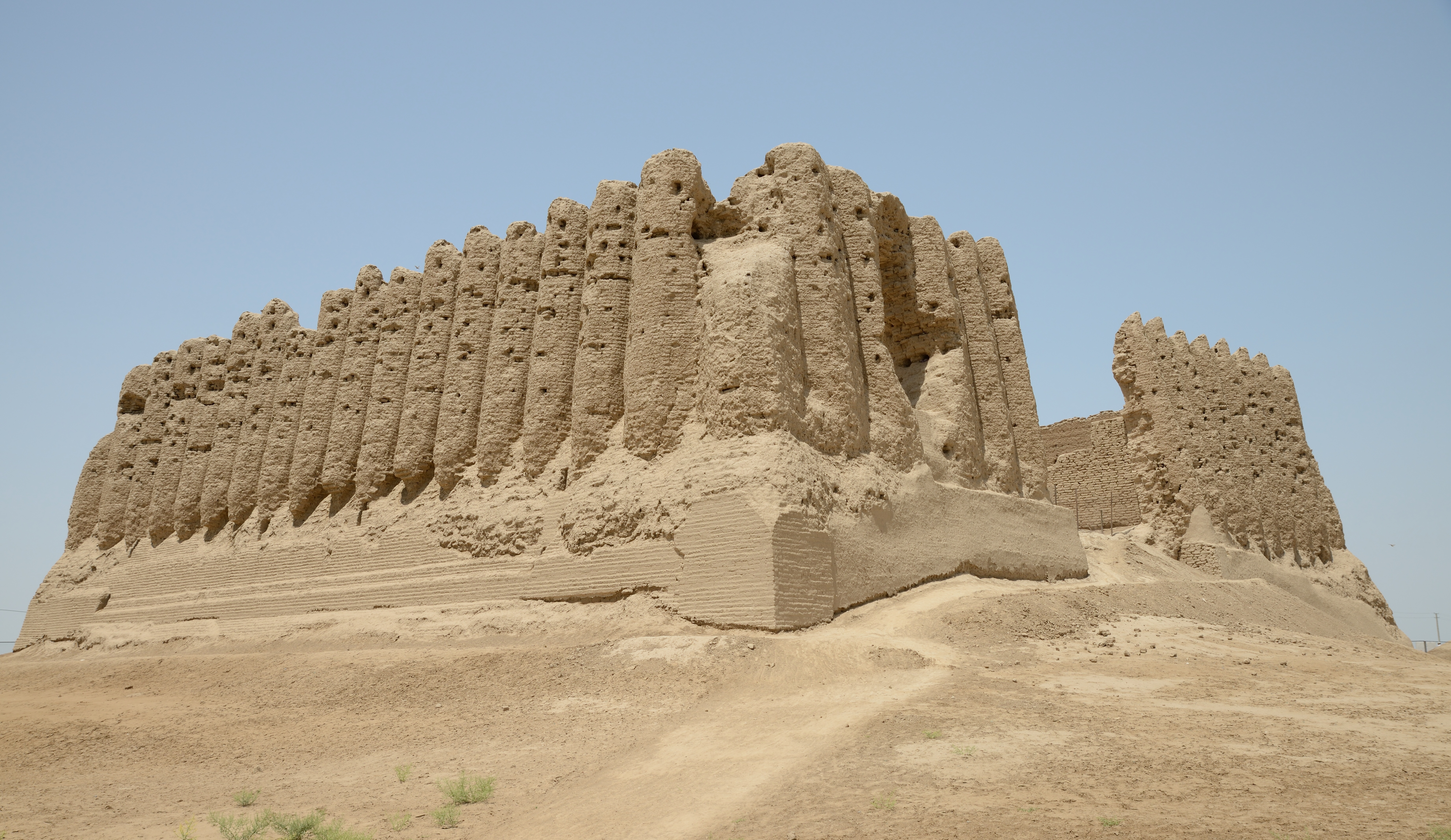
The history of this large city dates back 2500+ years. Merv, like Bagdad, Cairo, or Damascus, was one of the most important capitals of the Islamic world. The height of its influence was during the 11th and 12th centuries. This was the period of Great Turkmens, where the empire spread from the lower reaches of the Amu Darya to the Mediterranean. Seljucks’ Merv was one of the finest cities of the time. This city emerged on the fertile soil of the Murgap River’s oasis.
“But for the Mongols, I would live and die in this city. I could hardly tear myself from this place." - Geographer Yakut, who lived in Merv for three years during the 13th century
Merv attracted scientists and traders from the entire Islamic world. In 1221, Mongol hordes raided almost all the cities of Central Asia, including Merv, and burned down priceless landmarks and centers of knowledge. Though the city was never able to fully recover to the height of its past influence, daily life still persisted.
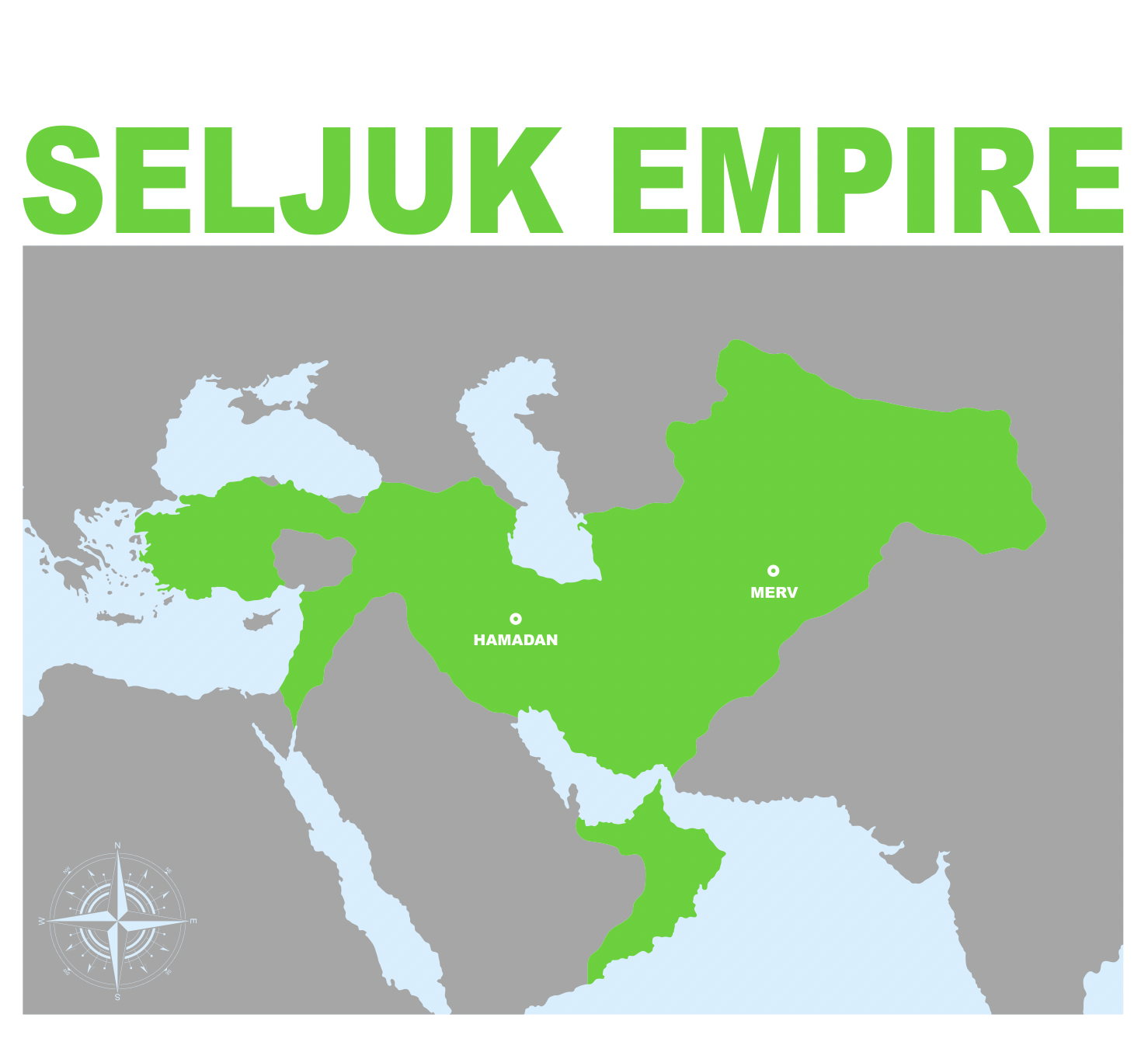
Merv is the system of ancient settlements located near the riverbed of the Murgap River, the currents of which constantly shifted from the East to the West. Because of this, Merv was often described as the “traveling city” or “the city of the drifting river." As time passed and the river's direction changed, these ancient settlements were abandoned. The Huge Seljuk city of Gyaur-Kala was built next to the earlier ancient settlements. The area of Gyaur-Kala was 400 hectares and served as the capital of the region and military base station from the 6th century BC until the period when it became a part of Seljuk city now called Sultan. Ruins of these ancient cities occupy more than 1000 hectares, including late medieval Merv (Abdulla-khan-Kala and Bairamali-khan-Kala), as well as a great number of other important historical monuments, such as Sultan Sandjar’s mausoleum. Given the regional and international history and importance of these ruins, all these ancient cities were taken under the control of the government of Turkmenistan and formed the basis of the State historical-cultural “Ancient Merv” reservation.
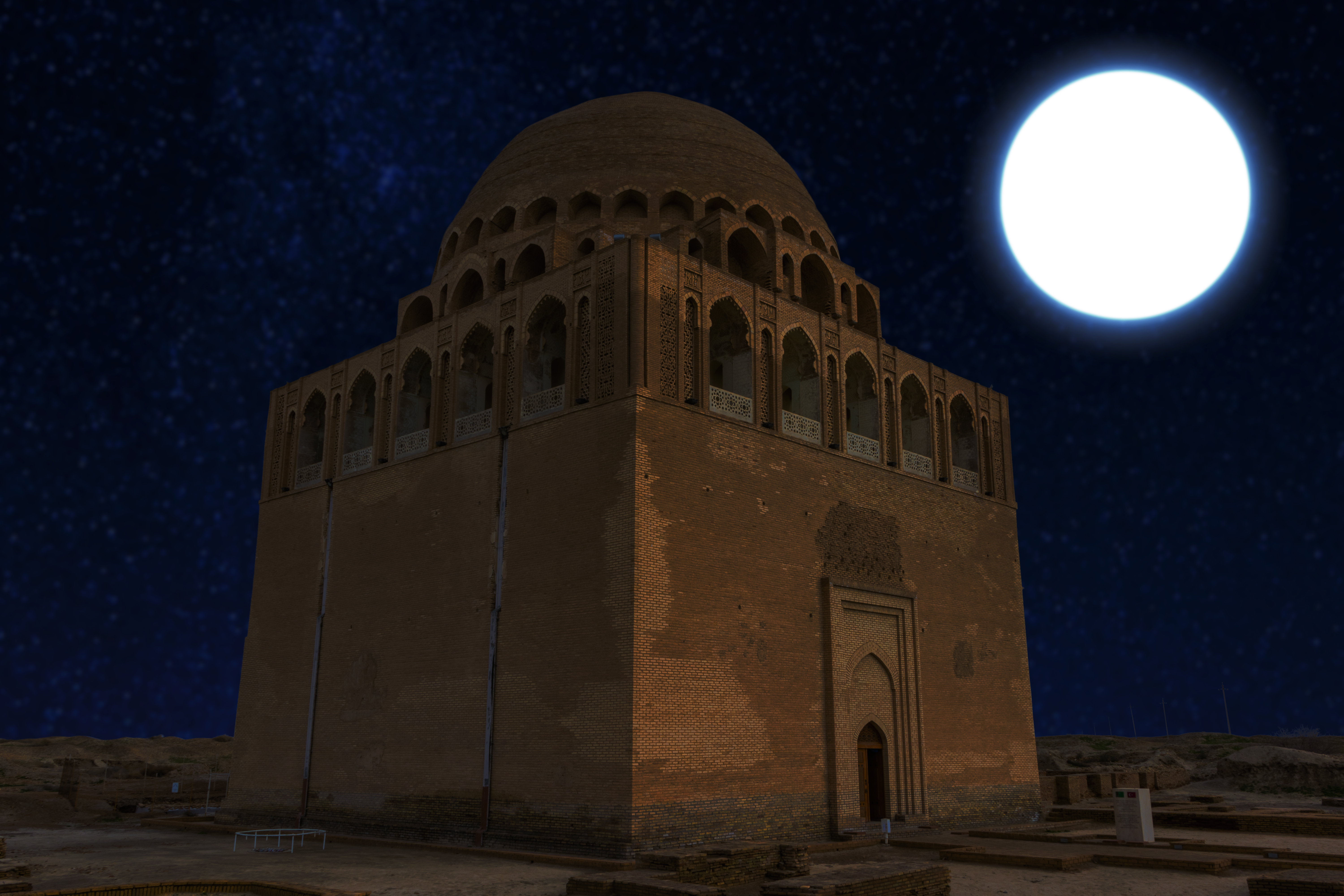
Today, Merv is the biggest archaeological site in Central Asia, and the city is still the home for the body of Sultan Sanjar, who ruled the city for many years during the Seljuk occupation. His mausoleum is one of the main attractions in the archaeological site thanks to its detailed and well-preserved architecture. Visiting the ancient Merv archaeological park, tourists will discover rich cultural heritage, remarkable architecture and beautiful scenery of an abandoned city in the desert, stretching from the Bronze Age right up to the 1800s.
There are five main areas in the central archaeological site, spread across more than five kilometres: Erk Kala, Gyaur Kala, Kyz Kala, Sultan Kala and Abdullah Khan Kala. Each of these fortifications served different purposes throughout various eras while Merv was still inhabited. Because of the distances between them, it's recommended to explore by car or other modes of transportation other than on foot.
Erk Kala
Erk Kala is one of the most outstanding fortresses in the world due to its age and conserved structure. The settlement of this fortress dates back to the 6th century BC. The fact that it is still standing after thousands of years is proof of advanced construction techniques. It occupies an area of around 16 to 20 hectares and consists of a thick wall that goes up to 60 metres high. It is a truly impressive and monumental structure, just a quick walk around the building would take approximately thirty minutes. Visitors should save some time to be able to appreciate this site in its full glory before moving on to the next stop.
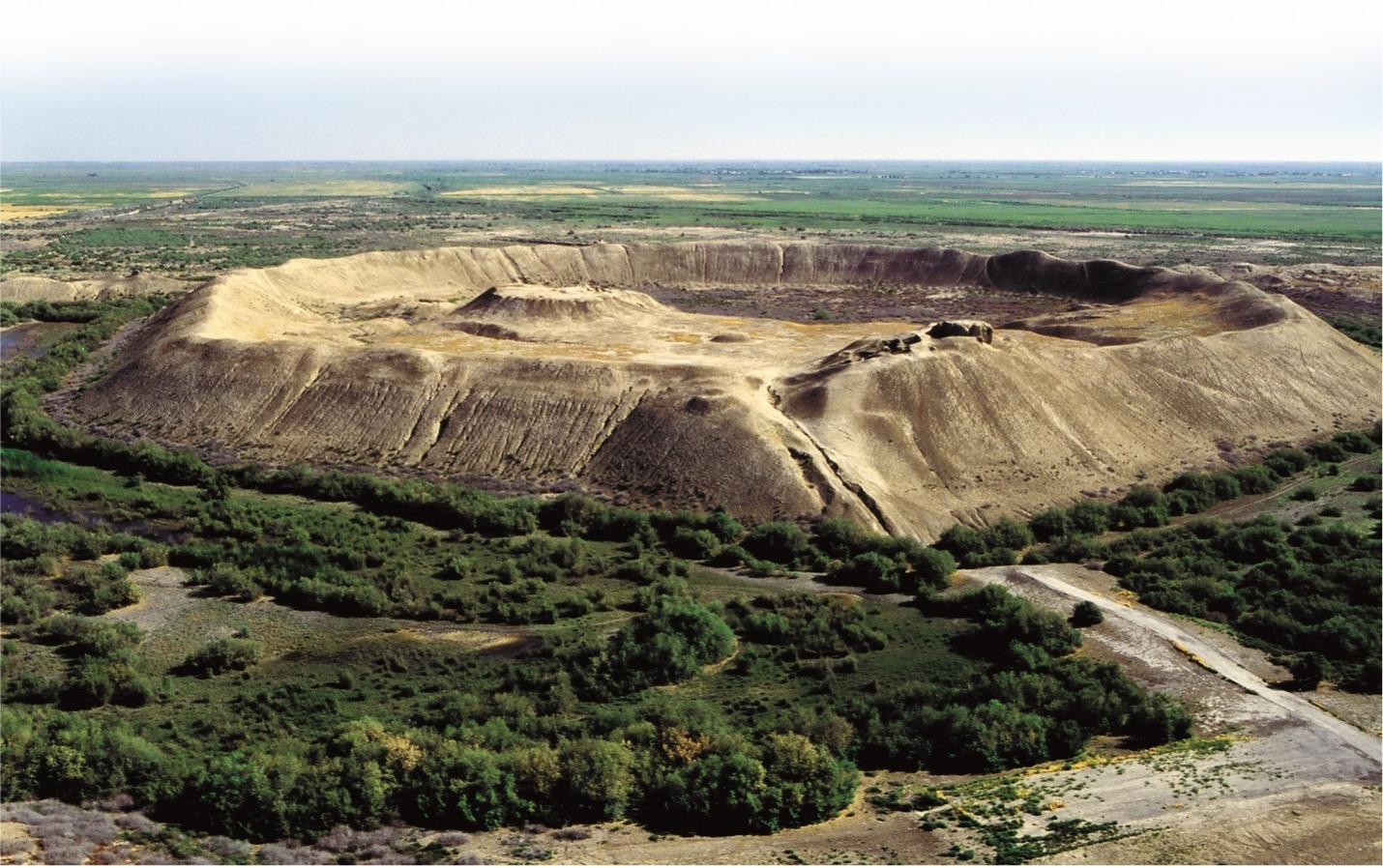
Gyaur Kala
Gyur Kala flourished during the 3rd century BC. Many years younger than Erk Kala, this part of the Ancient Merv is a walled square city surrounded by 2km of walls. Inside these walls, visitors will find the remains of what is thought to be an old mosque, a monastery and cisterns. The name Gyaur Kala means ‘the fortress of infidels’ and it's believed the city walls also guarded a palace composed of different rooms and a courtyard. Archaeologists who worked on the site believe some sort of governor used to live here, as some luxury articles were found during excavations. The city was completely abandoned after being destroyed by the Mongols around 1220.
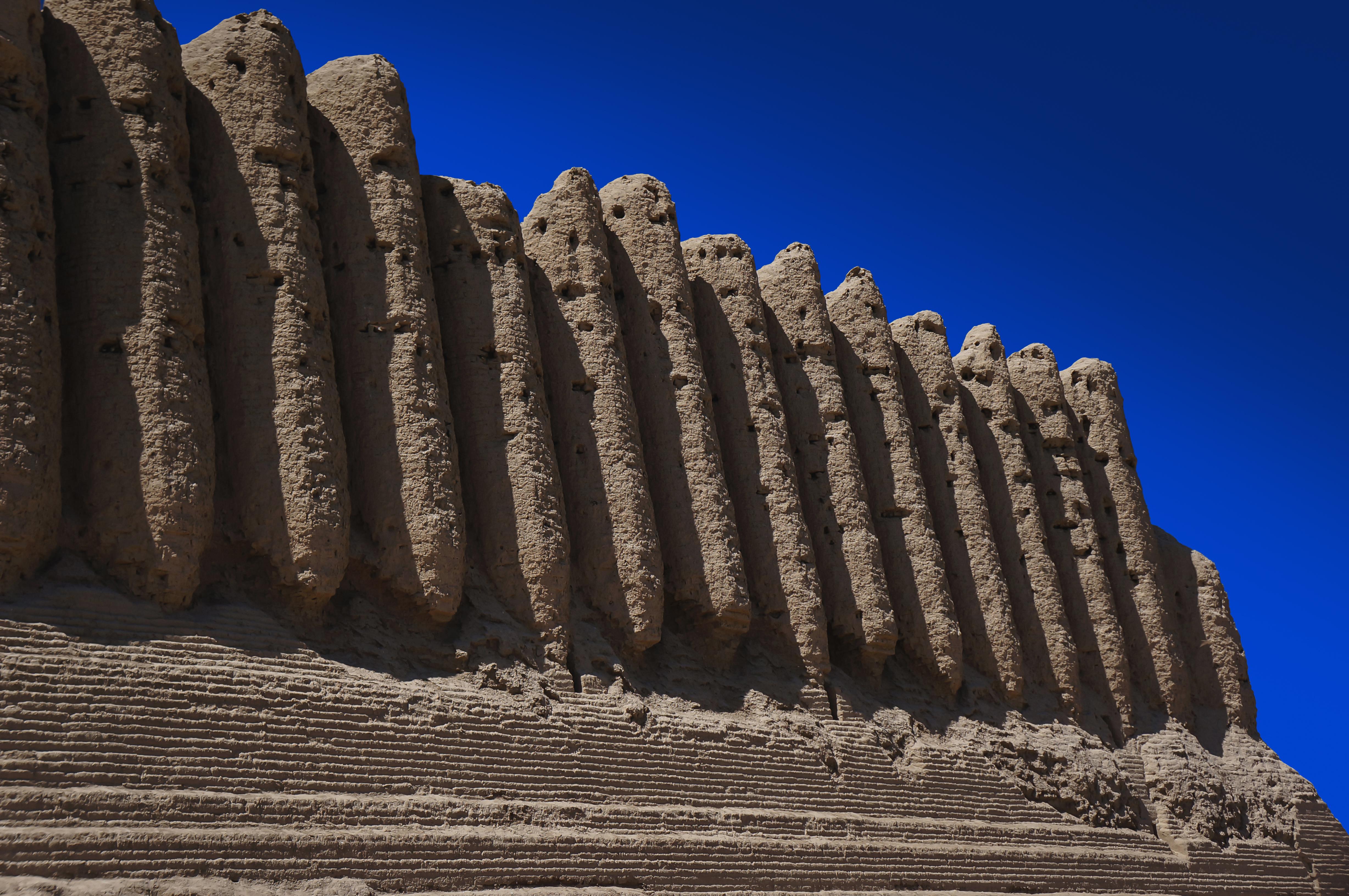
Sultan Kala
Sultan Kala is the modern name given to Merv. As it rose, Gyur Kala started losing power and influence. This is the best preserved construction of the archaeological site and it's still possible to see the intricate artwork that cover the walls of Sultan Kala’s mosque. This is where, around the 11th century, Merv saw its glory becoming one of the most densely populated cities in the world. It is one of the most important pieces of Seljuk architecture and is also the mausoleum for the body of Sultan Kala, who died in 1157. The city was abandoned after successive raids and, as the new settlement of Abdullah Khan Kala started to form, Sultan Kala lost importance until it was eventually abandoned.
Abdullah Khan Kala and Bairam-Ali-Khan-Kala
These portions are the newest fortifications of post-medieval Merv. Abdullah Khan Kala is located 1 kilometre from Sultan Kala and was built by Shah Rukh in 1409. One can still see the detailed construction of the walls from the Timurid period. Later, the territory of the city expanded. In the 18th century, a fortress was added to the western wall, known as Bairam-Ali-Khan-Kala. It was one of the last settlements in Ancient Merv and was inhabited until Merv was completely abandoned in the 1800s.
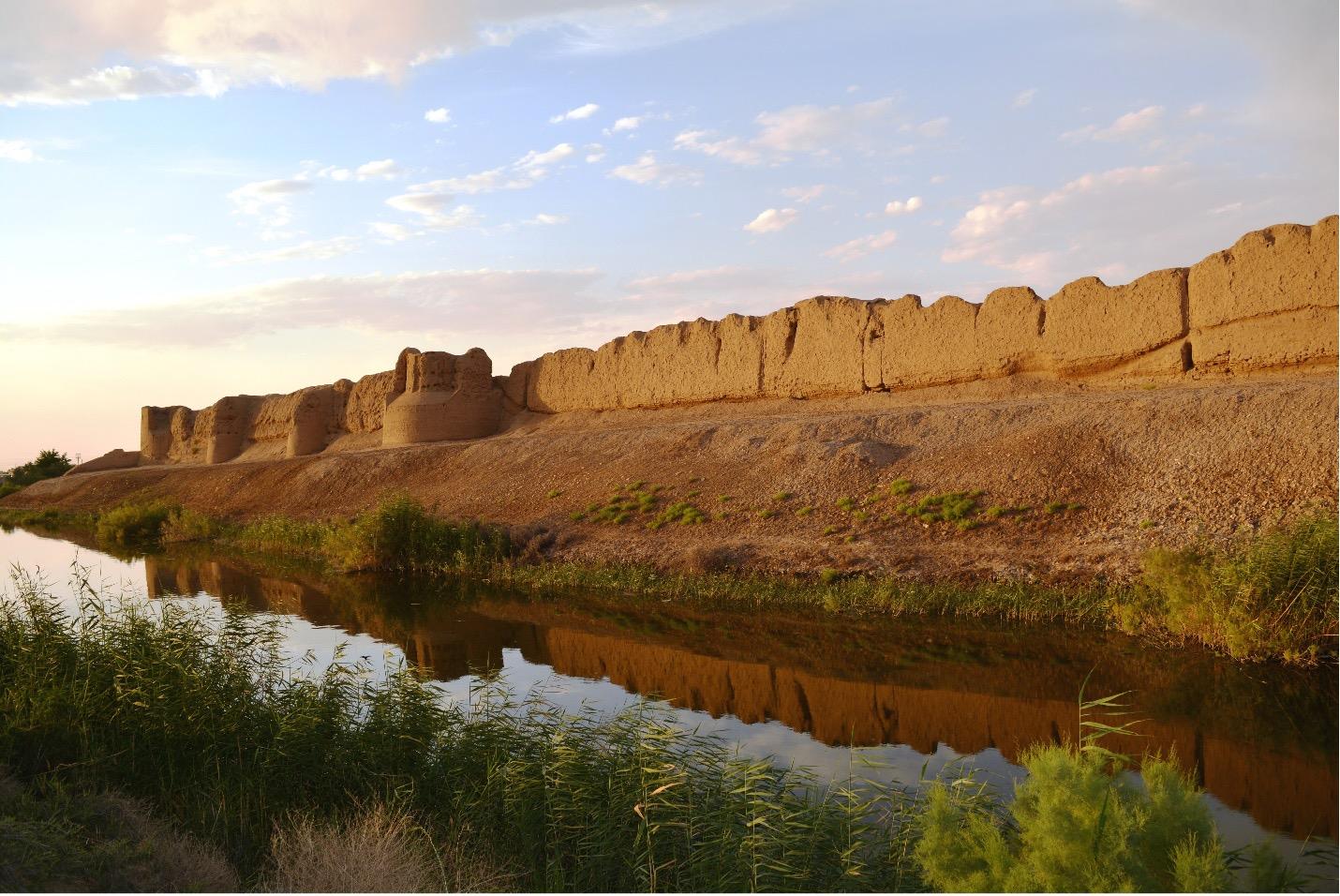
Kyz Kala
The Great Kyz Kala dates from the 6th century to around the 12th century. It is believed that the fortification served as home to someone important in Merv’s public life. Different from the other sites, this one is a semi-fortified settlement with walls that reach 12 metres high and, inside the fortification, lies the remains of a house with two floors. Specialists assessed and concluded that the first floor of the house was for people in lower social levels that most likely worked for the owner of the fortification, as well as kitchen and storage room. The second floor was used by the direct family of the owner, as well as a reception hall where guests could be received and entertained.

How to get there
The easiest way to get to Merv is to fly directly to Mary from Ashgabat. Visitors to Turkmenistan might find it hard to use public transport or arrange transportation on their own, making tours and private transfers a popular and simpler choice when planning to visit this World Heritage Site.
How to Visit
Because Merv's main attractions are spread across a large distance, a full day is recommended to visit them all. Mary is the biggest city near the site (30km from Merv), so it is recommended as a base. It is also convenient because it has a number of hotels and restaurants.
At an oasis in the arid landscape of Turkmenistan, the monuments of Merv rise up between tufts of green grass, tracing more than four thousand years of history. As the site consists of many different structures spread over a wide area, you'll need transportation to get between them all.
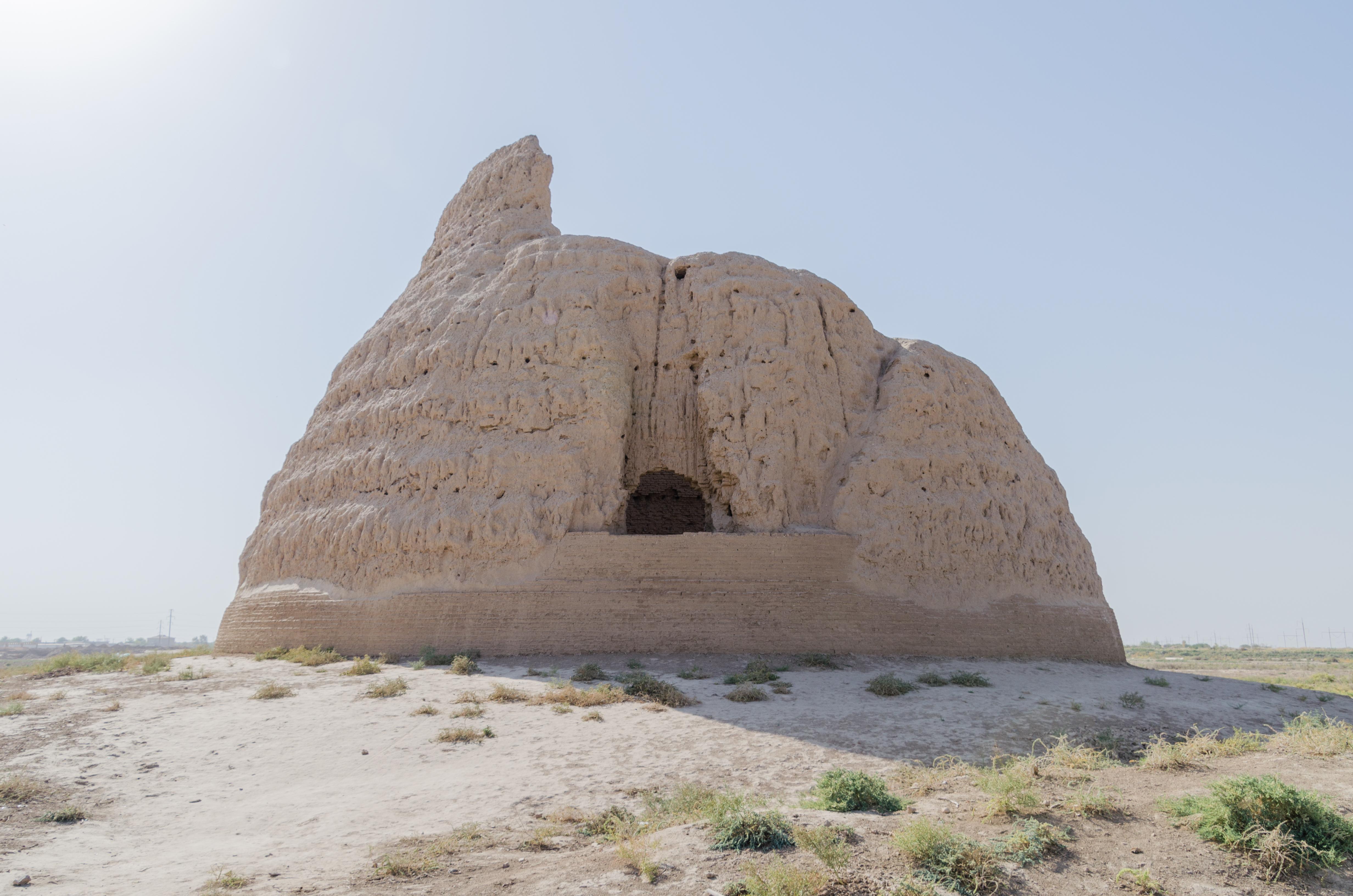
At an oasis in the arid landscape of Turkmenistan, the monuments of Merv rise up between tufts of green grass, forming markers to trace more than four thousand years of history. Different eras built their cities in slightly different locations, and you'll need transportation to get between them all. The enormous 7th-century fortress of Kyz Kala built with adjoining columns is particularly impressive, as is the restored Mausoleum of Sultan Sanjar. But as you explore the sands of time, you'll also find yourself walking in the foundations of vast settlements.
Sights and Attractions recommended by the locals
Ancient Merv State Historical and Cultural Park
The best time to visit Merv and its ruins is during March to April and October to November. During the summer, or around June to August, the heat and dryness intensifies, which can be a problem for some visitors.
Entrance fee – $6
Excursion – $6
Allowance for photo – $3
Allowance for video – $6
